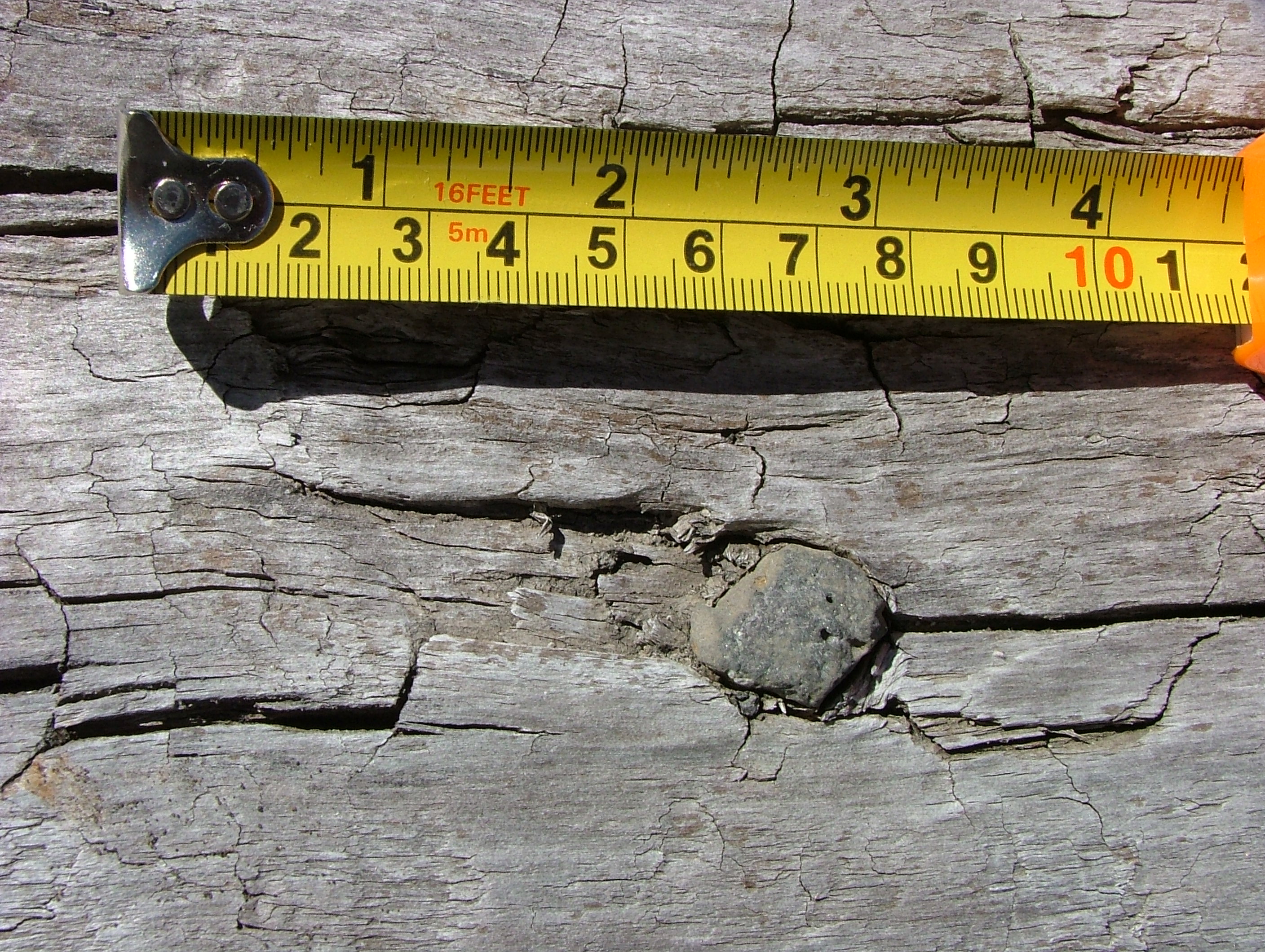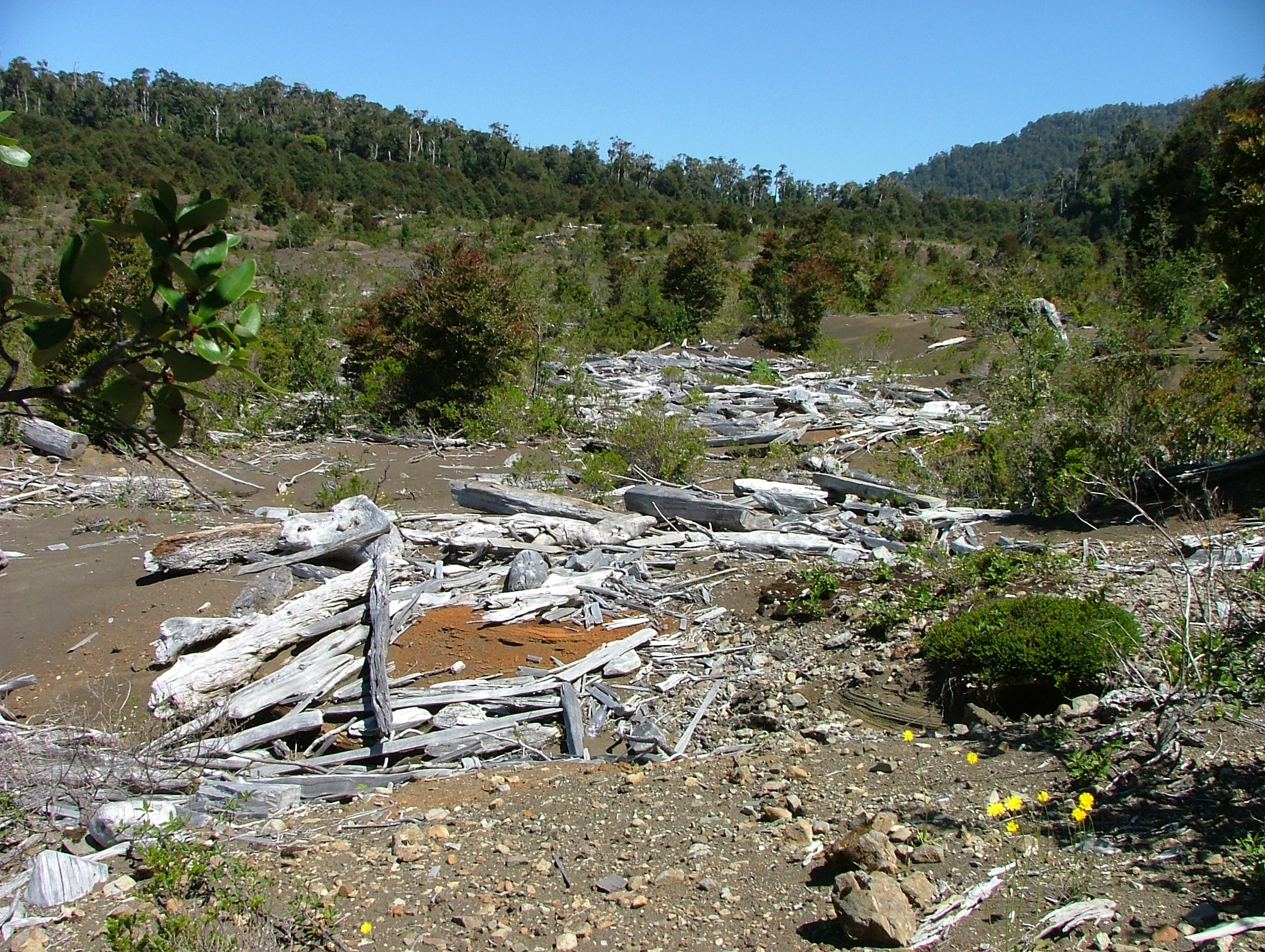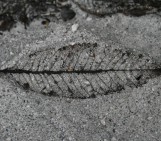Fifty years ago, on 19th February 1965, a rock and ice landslide fell from the summit face of Volcan Yate in southern Chile. It was mid-summer, and was one of the warmest and wettest February records in that part of Chile on record. The debris slid rapidly down a narrow gully, losing at least 1500 metres in elevation, until it emerged into the southern end of a small montane lake. This triggered a small but devastating lake tsunami, that swept through the tiny lakeside community of Lago Cabrera just a few monents later. There was essentially no warning, no time to evacuate; and the event destroyed the village, killing twenty-seven people. This event was the worst volcano-related loss of life in Chile since the destructive lahars associated with the 1948 – 1949 eruptions of Villarrica.
Even in a country as volcanically active as Chile, it is the secondary consequences of volcanic activity that pose the most serious long-term threat to lives and livelihoods: notably lahars, triggered by the melting of snow pack, or remobilised by rainfall events. The Lago Cabrera tragedy is not thought to have been associated with any form of eruptive activity, but was a mass-failure event, not uncommon in mountain environments. In the ice- and snow-capped southern Andes of Chile and Argentina, the wider hazards associated with glacial-lake outburst floods and rock–ice avalanches remain incompletely documented, but there is a growing concern that these sorts of events might be increasing in frequency as a consequence of regional environmental changes.
Further Reading
S Doocy et al., 2013, The Human Impact of Volcanoes: a Historical Review of Events 1900-2009 and Systematic Literature Review, PLOS Current Disasters, 2013 Apr 16. Link to database
P Iribarren Anacona et al., 2015, Hazardous processes and events from glacier and permafrost areas: lessons from the Chilean and Argentinian Andes, Earth Surface Processes and Landforms, 40, 2 – 21
M Stoffel & Huggel C., 2012, Effects of climate change on mass movements in mountain environments. Progress in Physical Geography 36, 421–439
SFL Watt, DM Pyle, JA Naranjo and TA Mather, 2009, Landslide and tsunami hazard at Yate volcano, Chile, as an example of edifice destruction on strike-slip fault zones, Bulletin of Volcanology 71, 559-574
C Witham, 2005, Volcanic disasters and incidents: a new database. Journal of Volcanology and Geothermal Research 148, 191-233.
Blog post on the ‘Tragedy of Lake Cabrera, Hornopiren, 19 February 1965’ (in Spanish)
Video (in Spanish) ‘La historia del lago Cabrera‘




